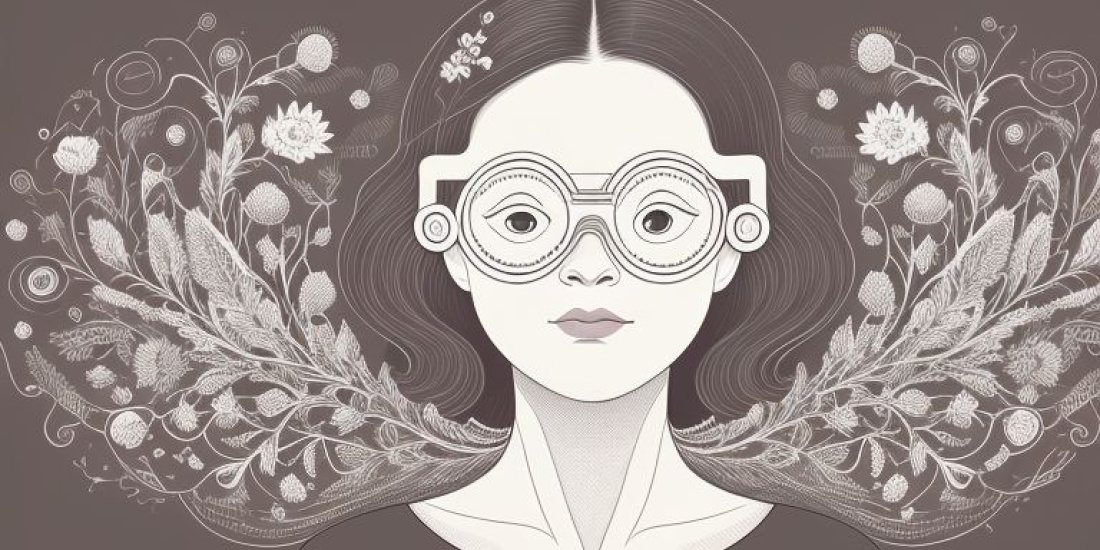What do blind people actually have to do on the iPhone to successfully participate in a BigBlueButton video conference? The KOM-IN-Netzwerk e. V. association approached us with a request for a short instruction.
What is the KOM-IN-Netzwerk e. V.?
"KOM-IN" is derived from the two words "communication" and "information". In the main, we provide information for blind people in an accessible way. We produce listening magazines for the blind and podcasts that are not only interesting for people with disabilities.
That's how the network describes itself. That was also the first thing I read when I received the inquiry by e-mail. Of course, my interest was immediately piqued. Accessible information and podcasts? I really couldn't say "no" to that.
The impression was confirmed during the phone call. A very nice contact and also a soft spot for open source in the other person. We agreed on a tutorial for the iPhone and an accompanying guest article. The scope was clearly outlined: "What do blind people have to do to join a conference protected with a security code and to unlock their microphone?"
Where did the contact come from?
It was interesting how the contact came about. First there was the question at Mastodon if there is such a tutorial or someone knows someone who could implement it. Among other things, the answer from Ferdinand Soethe was the reference to our BigBlueButton screen reader tutorials.
What we see from this once again: Networking in the free and open source scene leads to exciting contacts. I would like to give you an insight into how the work on this project turned out.
A stony road
Freshly motivated, I set to work. The iPhone has a screen recording function that records not only the screen content but also the sound of VoiceOver. One test run and a lot of troubleshooting later, I realized that it would probably not be that easy.
As soon as the microphone is activated on the iPhone, the screen recording no longer records the sound. So I had to find another solution. Plan B was to work with an adapter from Lightning to 3.5 mm jack. I don't know about your cable drawers. But I firmly believe that this tiny adapter has a better life somewhere else by now, where it will never have to work again. Good for the adapter, bad for me. So it needed a Plan C.
Plan C
Plan C consisted of pulling my comforter over myself, my laptop and my iPhone and draping it in such a way that I could minimize distracting background noise. Very important: Don't move more than absolutely necessary, because every rustle is also recorded. I stuck to it. My laptop, however, became too warm, so that it loudly drew attention to itself. In the end, though, I had the recordings I needed. Still missing were the voice recordings.
Once again under the blanket
To get the clearest possible images, I went back under the covers. Both I and my laptop were allowed to take a deep breath beforehand. The recordings then worked without further incidents.
Editing
Editing the whole thing (by no means my secret passion) revealed that my voice recordings were significantly louder than those I had made from the iPhone before. Now a compromise had to be found. On the one hand, the recordings of the iPhone had to be controlled louder. On the other hand, I didn't want background noise placed too prominently. A high-pass filter around 400 Hz already took out the bass of the street traffic, which otherwise would have become very intrusive. Another high-shelf filter around 5000 Hz to tame the highs a bit - and the iPhone recordings were usable.
The voice recording was given an equalizer and a compressor and was thus also ready for use. Now it was just a matter of pushing and cutting the recordings to make a coherent piece. That's detail work I can get lost in.
The last thing to do was to add some background music to separate the introduction and ending from the main part. Here it turned out later that I had to compromise to get the volume ratios right. What works on linear headphones doesn't necessarily work on horrible sounding laptop speakers.
All alone?
Did I pull it all off by myself? No. Of course I had help. One or the other typo was very stubborn and wanted to be removed by colleagues, and as a blind person I also needed support with the image processing. But that's why we work closely together as a team, even at a distance.
The result
If you are curious now, you can find the guest article and the tutorial as audio file in the KOM-IN network.

